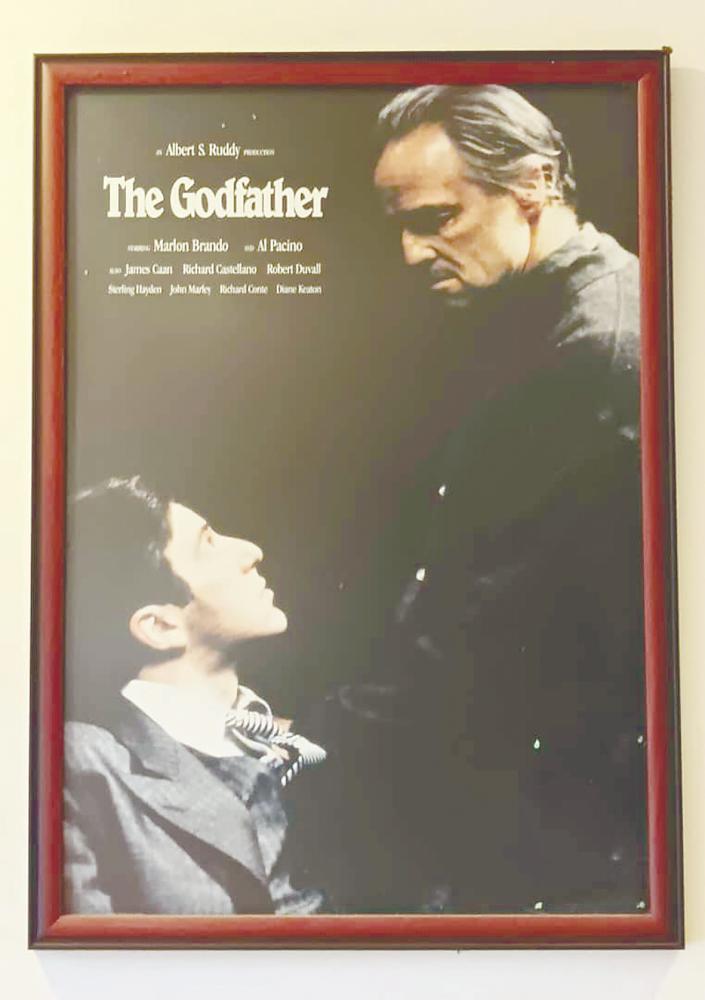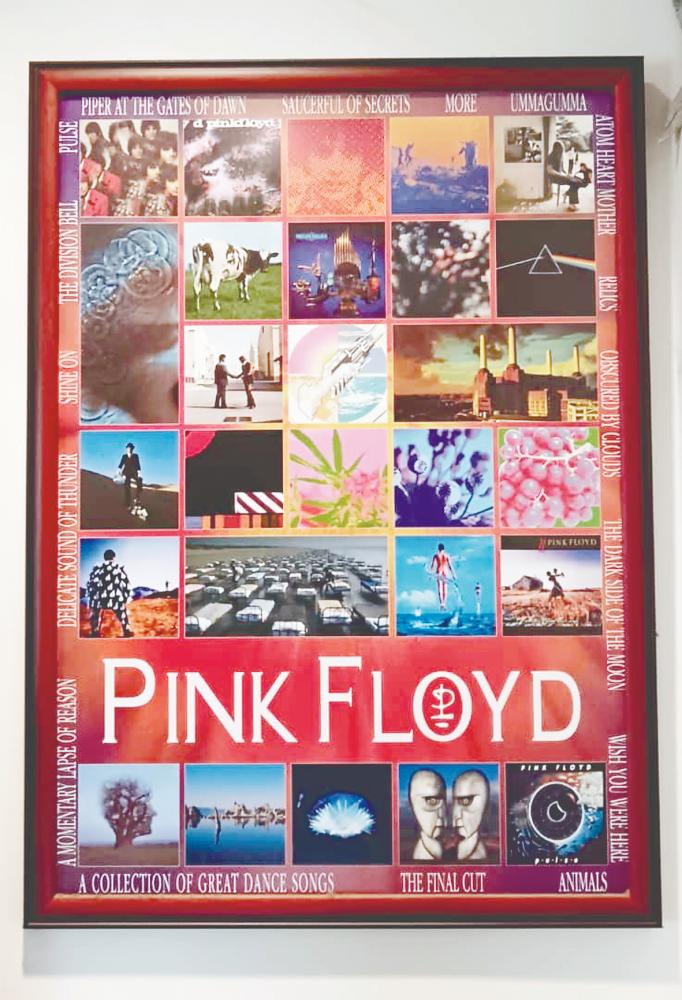WANT to add a touch of cool to your personal space? Whether it is a home office, sleeping quarters or living room, adding tastetfully framed posters can elevate these spaces no end.
To give the space a personalised touch reflecting the inhabitants’ unique tastes, try framing movie or music posters that can add the all important X factor to the room decor.
Depending on the type of poster - standard ones or something printed in limited quality, the materials used to frame them will make a difference, from how each will look to its longevity on the walls.
Here are some tips about the materials used for framed posters and options to consider if there is a piece you want framed.

The piece that will serve as the foundation of the framed poster is the backing board. Several options exist, and much like the rest of this simple guide, it will depend on the type of poster being dealt with.
For normal posters that are distributed en masse, a regular foam board will do the job due its quality as being both lightweight and sturdy. The posters that are more unique in terms of being limited, vintage or rare, you will want an acid-free foam board.
Simply put, the latter will extend the life of the artwork, as paper will break down over time and release hydrochloric acid that will in turn cause the paper to yellow or brown and become brittle.
As for whether posters should be mounted, it is generally recommended that the artwork is not dry mounted if it is something extremely valuable or comes from a limited run. The method, which results in the art being applied flat to the board, is created by using an adhesive.

The reason dry mounting is not recommended is how it will irreversibly damage the poster and it can not be removed after the process is completed.
Like any other framed picture, the glazing comes next. These are the clear, thick sheets placed on top or over the image to provide protection from dust and other potential environmental dangers, such as a stray object thrown by a child.
For posters, there the options are either acrylic or glass and each have their own uses. For the latter, it is stronger and more transparent, while acrylic glazing is lighter, more budget-friendly and flexible.
Typically, acrylic is better suited for smaller framed posters and it is much more convenient to transport in the event of moving locations. As durable as glass is under regular conditions, it is heavy and will certainly break if not handled properly.

Finally, there is the frame. As everyone has different tastes, the most commonly recommended varieties are metal and wood frames. For the colour, opt for something sleek like black to help create a negative space between the colour of the wall and the poster art.
Other more ornate colours such as gold or raw oak are also an option, but these typically mesh better with old school posters, where pastel colours are common.
An optional inclusion to these basics is whether there should be a mat board, which is used to create a distance between the poster and the frame, while holding it in place.
Framing posters can be done individually or by getting in contact with those providing the service. The latter is recommended if dealing with limited edition or rare posters.









